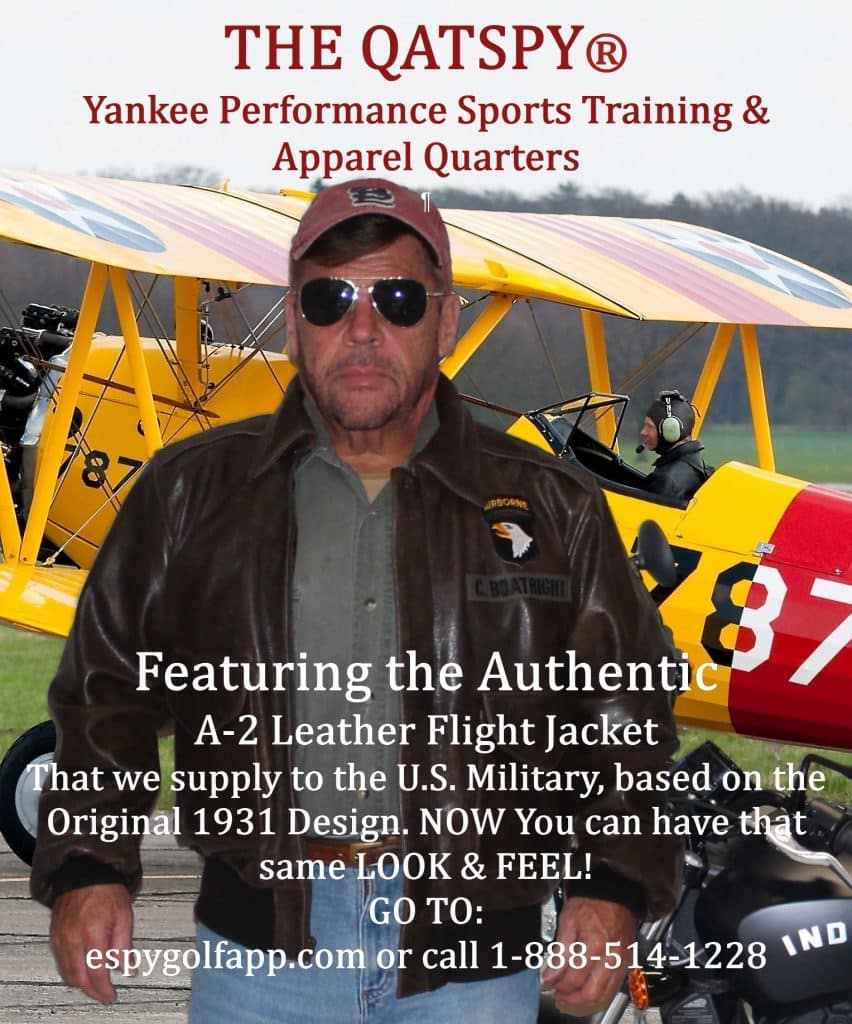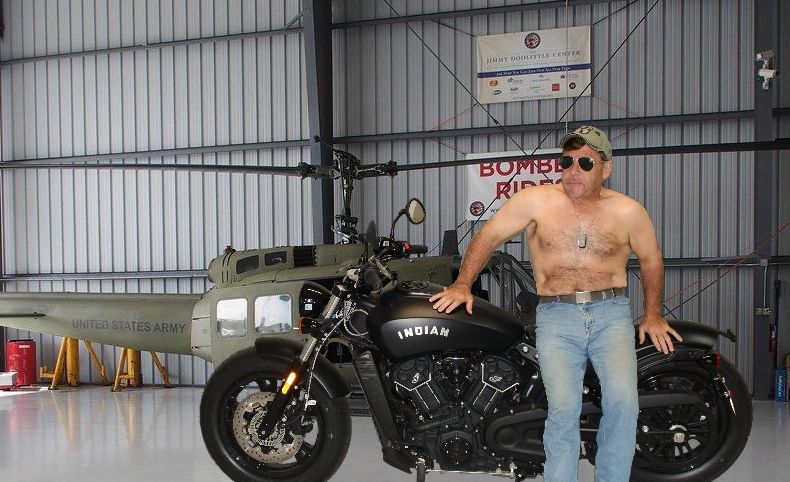THE QATSPY® Yankee Performance Sports Training & Apparel Quarters

By: Charles W. Boatright
NIL Athlete’s Billboard-Type Business Model- You Know the Opportunities, BUT Do You Know the Responsibilities and Skill Sets Needed for NIL
Right off the bat, if I could give advice to athletes seeking to take advantage of the New NIL Ruling that many states have put into place, I give the athlete the advice about the Three R’s of PR:
Reputation
Rhetorical
Responsibility
These Matters!
FIRST, R-Reputation–
The athlete’s name is their reputation that they are putting on the line, or in this case, on the billboard. The athlete will have to consider everything they do and say, either in public or in private settings, as being on their NIL billboard. For all intensive purposes, the athlete becomes a public figure as soon as they step foot onto the NIL stage. The athlete’s biggest commodity is their reputation, both on and off the field.
Just remember that it was the athlete’s athletic skills on the field that have allowed them to take advantage of NIL. But let me direct that athlete’s attention to a disclosure statement that financial institutions place on all of their lectures:
“Past performance is no guarantee of future results”
The best coaching that an athlete received is what they learned from Sportsmanship for the NIL business. I wrote a book entitled The ESPY Golf Swing Coach, where I listed a few characteristics of Sportsmanship in Section 5.4 that are fundamental building blocks for anyone’s reputation- humility, integrity, commitment, perseverance, respect, honor, honesty, fairness, sacrifice, responsibility, preparation, discipline, trustworthiness, and a hard work ethic, just to name a few. These characteristics can serve any athlete well in any business, but especially the NIL business.
But the real obstacles that the athlete will face in maintaining their reputation will occur off the field. The athlete has to be constantly aware and mindful of what they are doing, saying, or writing that will be reported as if what they say or post will be in the Wall Street Journal. If you don’t want it in the Wall Street Journal, don’t say, do, or post it publicly or privately.
Just remember, a reputation is hard to build, but it only takes seconds to destroy a good reputation. NIL consists of shared benefits and responsibilities between two parties. Just remember that most endorsements have a cancellation clause in them. Any endorsement contract that the athlete signs will have a character clause in it. This is why you want to maintain a positive reputation. There are many athletic endorsements that were cancelled, due to character issues, the majority of which were off the field.
A major part of an athlete’s reputation is their professional appearance. The athlete’s appearance will be a major factor in promoting their NIL. At the 2021 SEC Media Days in Hoover, Alabama, the athlete who appeared in interviews on the SEC Network and had the first comments made were what the athlete was wearing and the positive impact it had.

Always dress appropriately for the situation, and a pressed shirt and pants aren’t bad options either. I am the image of my company, THE QATSPY®. First impressions are permanent in people’s minds. If I want to project professionalism, I have to dress, look, and act professional in my public appearances. NOTE: And I do wear starched/pressed, button-down Oxford Shirts with pressed khakis pants everywhere I travel for business.
SECOND, Rhetorical Skills-
The image people have of you, the athlete, will be determined largely by how well you communicate. Communication will be a significant factor in your performance off the field. The athlete will have to develop a well-defined routine and technique in their rhetorical performance, similar to the routine and technique that they worked hard on in their athletic performance.
The best advice that I can give any athlete is to develop their rhetorical skills and stick to the FACTS ONLY, and keep opinions to a minimum. When speaking or writing, stay with facts only and use nouns and verbs. Limit your use of adjectives. Adjectives should be weighed carefully and sparingly used. Most all PR disasters have one thing in common, and that is the use of inappropriate adjectives.
If you didn’t take a public speaking course(s) in school, or if you want to improve your rhetorical skills, join a Toastmasters group. They are very focused on effective communications and eliminating gap or filler words, like ‘You know’, uh, yeah, and um. These are message killers in an athlete’s remarks. In an impromptu situation like in a press conference, or interview, if the athlete has to formulate a response on the fly, just pause before or during your response and by all means, slow down your delivery.
Focus on getting into your normal routine and technique as soon as possible to develop your rhythm, or cadence. Performance behind a podium is like performance on the field, as it comes down to getting into your normal rhythm, or cadence, and focusing on the main topic. Don’t go off topic; it is your message, so stay with your message.
Just remember, the hardest part of any situation is getting started. Public speaking isn’t any different. Start slow and deliberate, and your rhythm, or cadence, will follow naturally. Also remember this- they’re asking you because you have been there and done it, and this is the very reason why people are interested in what you have to say.
Developing your routine, technique, and rhythm isn’t any different than what athletes train, practice, and condition themselves for in preparing for game-day. Don’t expect to get your presentation right the first time.
We all have I-phones that can record video and audio. Videotape yourself making your presentation and show it to an expert in the media for comments and critiquing. Another effective method to develop rhetorical skills is to study sports reporters, like ESPN or your local broadcast, on the methods the reporter is using to deliver their message. One of my favorite sportscaster was a neighbor, Lonnie Gibbons, Sr. He inspired me to develop my rhetorical skills.
DO NOT just assume you got this, but videotape your practices sessions and review them with your media coach. At first it well be tough watching your own performance, but it will render irreplaceable experiences and develop you as a better speaker.
Most of the time, the athlete will be speaking from a prepared script. The athlete will discover that the more they write scripts and read from these scripts, the better their responses will be to questions, and in general conversations they will have, without using gap or filler words in their responses.
If you preach it, practice it. Make what you believe a subconscious behavior that is natural to the athlete’s response. Always be authentic in your private and public life. That way the athlete doesn’t have to be concerned with a career-ending situation. Mistakes are going to occur. The athlete who makes mistakes has to admit to them, correct them, learn from them, and move on from them. We all are human.
I like to use what I call my Principle -313: I do not regard myself as having taken hold of it yet; but one thing I do: forgetting what lies behind and reaching forward to what lies ahead. Having a short-term memory about both your success and failures is the best method to move forward. With this approach, you are always trying to improve. Your success and failure is what you do, not who you are. You are going to be evaluated by your next performance.
THIRD, Responsibility–
There are just as many responsibilities in NIL as there are opportunities. The biggest mistake an athlete can make is concentrating on the opportunities and turning a blind eye to the responsibilities associated with NIL. For the most part, college students have limited exposure to the business side of athletics. There is a huge learning curve that will have to be learned; and it is better to learn early.
Revenue made in the NIL will require MIA Management, Investment, and Accounting. These areas won’t take care of themselves; the athlete has to be involved to some degree and be aware of what is occurring in these areas. These aren’t areas that the athlete can trust or leave entirely to others. They will have to ask questions, review, and verify the performance in all of these areas and still attend college.
College just doesn’t suspended itself while the athlete is involved in NIL. Studying, reports, projects, and papers will still have to be done and tests taken. Grade Point Average will still have to be maintained in order for the athlete to participate in college athletics. The athlete almost has to put their revenue into a managing trust and direct an agent to be part of negotiating deals for the athlete’s final approval.
In signing contracts with agents, management, investment, and accounting groups or companies, the athlete has to retain control in what and how these agencies are performing. The athlete can’t afford to be locked into long, contractual agreements. These agreement should be performance-based and not contractual-based. Britney Spears’ Conservatorship is an excellent example of what an athlete can’t afford to do.
These Three-R’s are too important to the athlete just to leave these responsibilities to a family member or close friend, regardless of how much you trust them or how close of a relationship you have with them. Contact a reputable Management, Investment, and Accounting group to perform these requirements. You don’t want to come down to a point where the athlete owes taxes or is liable.
And as part of your responsibility, do charity work and be a role model to others. Remember, you are your own billboard to the public. Perception on that billboard is reality!
Sponsor By: THE QATSPY

THE QATSPY® providing sports performance apparel that are a classic and fashionable for the active person that has that perfect look and feel. We are an authorized distributor for US WINGS® featuring the A-2 Leather Flight Jacket issued to the U.S. Military and the Indiana Jones Leather Jacket used in the movie.
Home of the Orange Bucket Challenge to Improve Your Golf Game
The KASPER GOLF & FITNESS COACH TECH to Hit More Fairways & Greens in Regulation
My KINDLE Book KASPER GOLF & FITNESS COACH TECH:
The DELPHI- DIET & CAST FITNESS Program
This allowed me to lose 35- LBS in 4- weeks and 52- LBS in 9- months at age 64–
My Book on KINDLE: DELPHI DIET & CAST FITNESS System:
The proof is in the photo of an Age-Defying Health & Fitness at age 64. I’m shown here at age 64 in our hangar taken on June 21, 2021.

